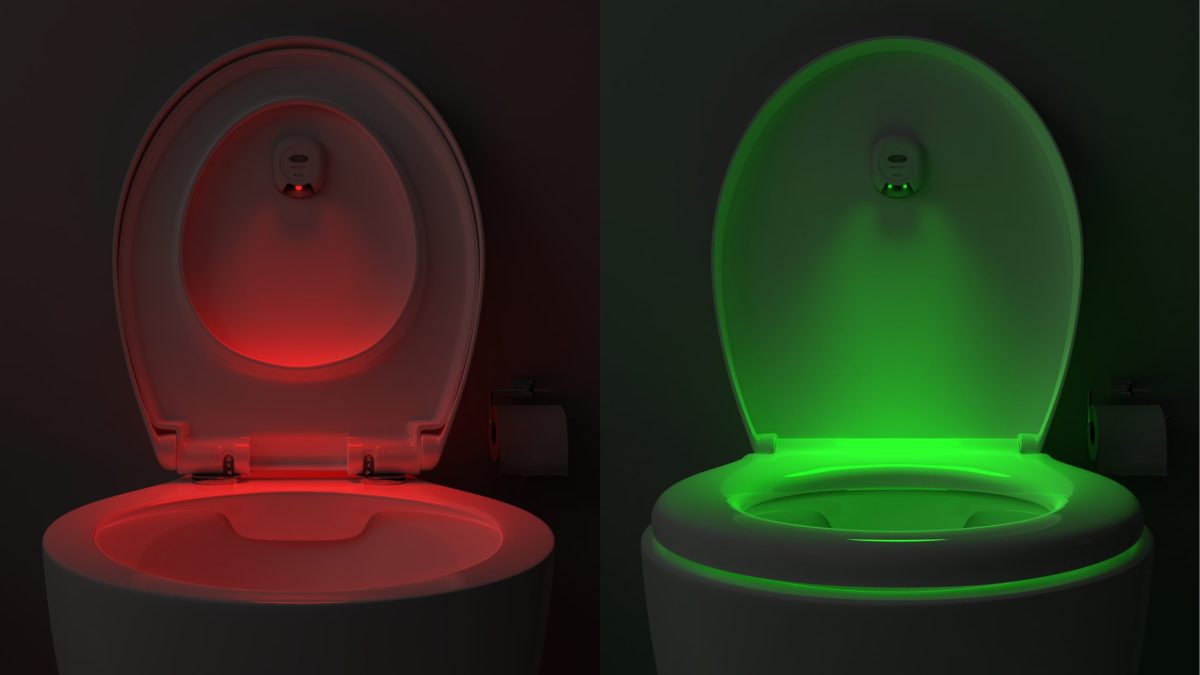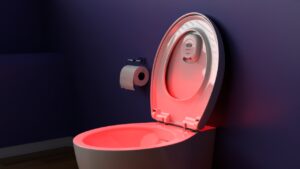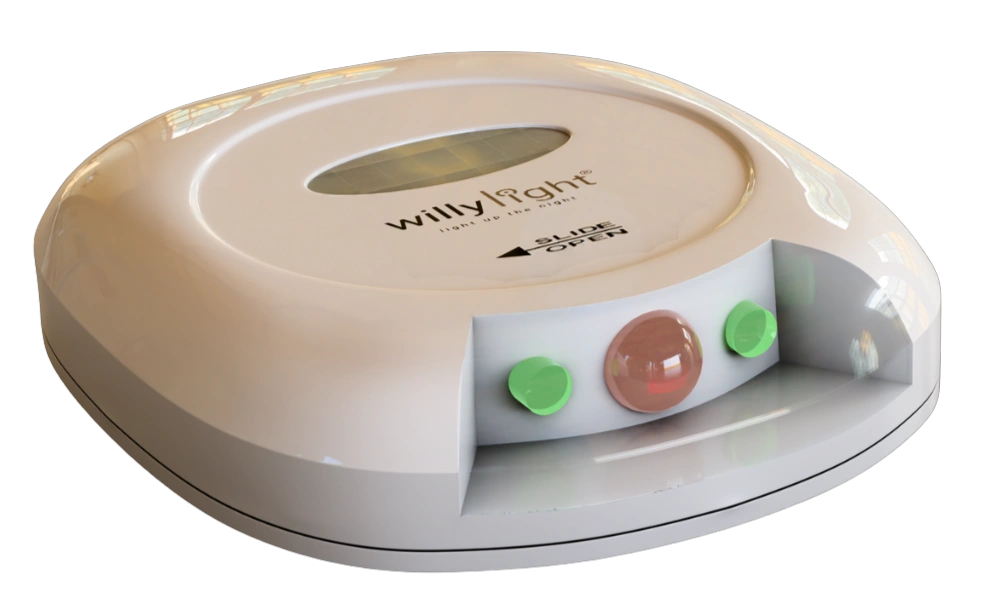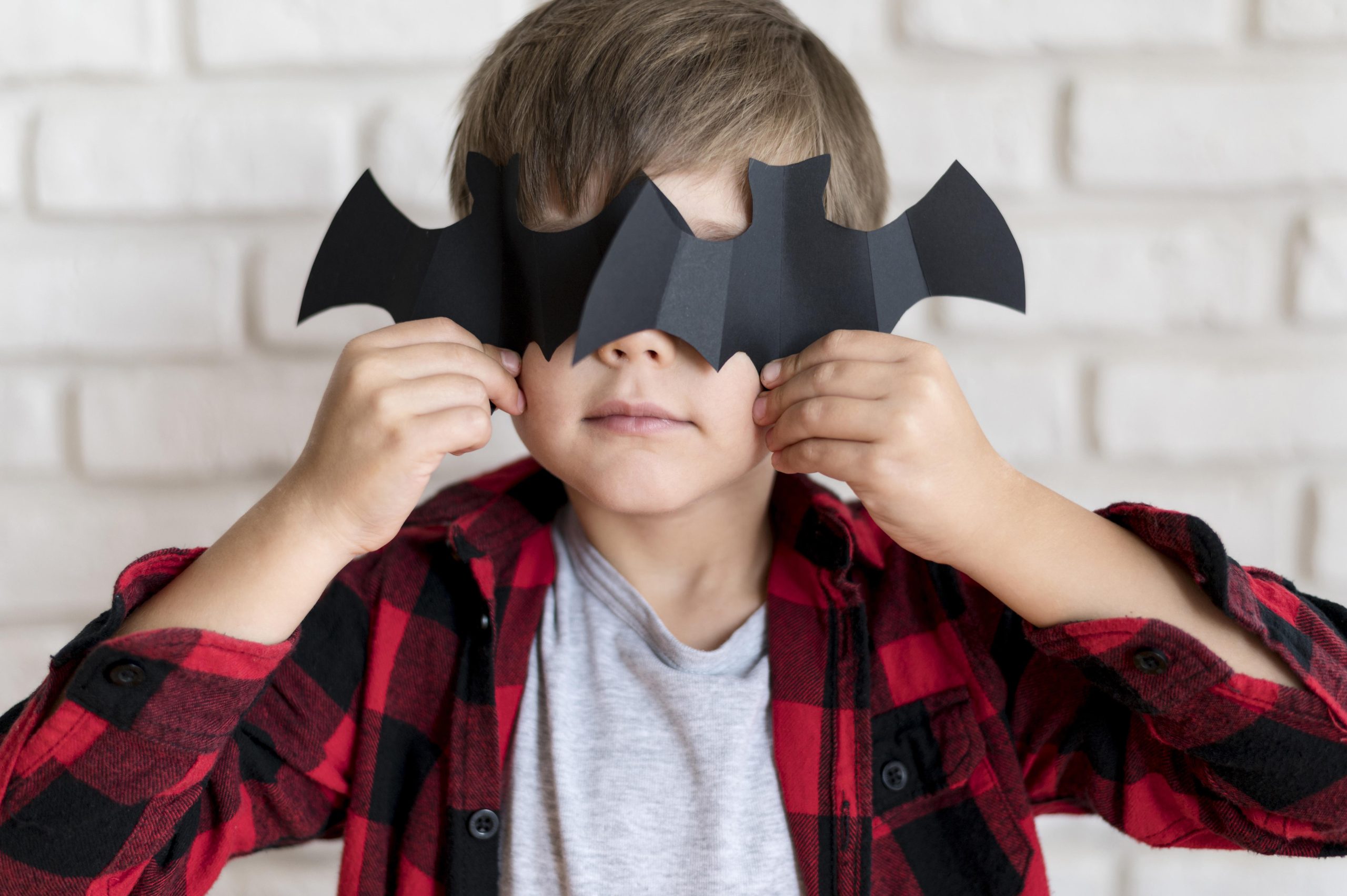When Words Just Aren’t Enough
“Put the seat down!” “Aim better!” “Think about others!”
If you’re tired of repeating these phrases daily, you’re not alone. Emma, mother of twin 4-year-old boys, calculated that she was giving bathroom reminders over 20 times per day. Despite her sons being technically “toilet trained” for months, the constant verbal corrections were exhausting everyone.

Then Emma discovered something that changed everything: her children weren’t ignoring her instructions, they were simply struggling to process and remember abstract verbal commands in the moment.
The breakthrough came when she realized that young children respond dramatically better to immediate visual feedback than delayed verbal corrections. Within days of implementing a red light/green light system, her daily reminder count dropped to zero.
The Hidden Problem with Traditional Toilet Training
Most toilet training approaches focus entirely on the physical mechanics: getting children to recognize the urge, make it to the bathroom in time, and successfully use the toilet. But this leaves enormous gaps in truly complete toilet training:
What traditional methods miss:
- Accuracy training (especially crucial for boys)
- Bathroom etiquette and consideration for others
- Independent decision-making about proper behavior
- Immediate feedback for habit formation
- Making the process engaging rather than stressful
The result? Children who can use the toilet but still require constant parental supervision and reminders. They haven’t developed the independent skills and consideration habits that mark truly successful toilet training.
Why Visual Cues Are a Game-Changer for Young Minds
Child development research reveals a crucial insight: children ages 2-6 are predominantly visual learners who struggle with abstract concepts but excel with concrete, immediate feedback.
The science behind visual learning effectiveness:
- Processing speed: Visual information is processed 60,000 times faster than text by the human brain
- Memory retention: Visual cues create stronger neural pathways than verbal instructions
- Immediate feedback: Real-time correction is exponentially more effective than delayed reminders
- Reduced cognitive load: Children don’t have to remember complex rules when visual cues guide behavior
- Intrinsic motivation: Visual feedback systems tap into children’s natural desire to “win” or succeed
This is exactly why traffic lights work so effectively for drivers – and why the same red/green principle transforms toilet training for children.

The Red Light, Green Light Revolution in Bathroom Training
Imagine your child receiving instant, clear feedback about their bathroom behavior every single time they use the toilet. No more guessing, no more forgetting, no more family conflicts.
Here’s how visual feedback systems work:
🔴 Red Light Scenarios:
- Toilet seat is in wrong position for next user
- Child needs to make an adjustment
- Immediate visual cue to pause and correct behavior
- No shame or criticism – just clear information
🟢 Green Light Success:
- Perfect bathroom etiquette achieved
- Instant positive reinforcement
- Child feels proud and confident
- Behavior is reinforced for future consistency
This system transforms bathroom visits from potential conflict zones into opportunities for success and pride.
Real-World Transformation: The Peterson Family Success Story
The Peterson household was in bathroom chaos. Their 5-year-old son Marcus and 3-year-old daughter Lily were both “toilet trained,” but bathroom visits consistently resulted in messes, forgotten etiquette, and frustrated parents.
“We were constantly cleaning up after Marcus, and neither child seemed to understand that other people use the bathroom too,” explains Sarah Peterson. “I felt like a broken record with the same reminders every day.”
Within one week of implementing a visual feedback system, the transformation was remarkable:
- Mess reduction: Marcus began treating the light as a target, dramatically improving his accuracy
- Automatic etiquette: Both children started checking for green lights before leaving the bathroom
- Sibling cooperation: Lily began reminding Marcus when she noticed a red light
- Parental relief: Daily bathroom reminders dropped from 15+ to virtually zero
- Family harmony: Bathroom conflicts became a thing of the past
“The red and green lights just clicked for them,” Sarah continues. “It became a game they wanted to win, rather than rules they had to remember. Marcus especially loves having something to aim for, it turned accuracy into fun target practice.”
Want boys-specific strategies? Check out why boys need early etiquette training.

Beyond Etiquette: How Visual Feedback Solves the “Mess Problem”
For parents of boys especially, toilet training often feels incomplete due to persistent accuracy issues. Traditional toilet training celebrates successful urination but ignores the cleanup challenges that follow.
The accuracy advantage of visual targets:
- Game-like engagement: Boys naturally love target practice and aiming games
- Immediate feedback: Light position provides instant accuracy assessment
- Skill development: Consistent practice with a visual target improves precision over time
- Reduced cleanup: Parents spend significantly less time cleaning bathroom surfaces
- Confidence building: Success with accuracy builds overall bathroom confidence
As covered in our comprehensive guide to toilet seat etiquette, the visual feedback system addresses both the social and practical aspects of complete toilet training.
The Psychology Behind Color-Coded Learning
The red/green system taps into deeply ingrained psychological responses that make learning both intuitive and effective:
Red Light Psychology:
- Universal “stop” signal: Children instinctively understand red means pause/caution
- Non-threatening correction: No negative emotions attached – just information
- Problem-solving trigger: Prompts children to assess and adjust their behavior
- Learning opportunity: Each red light becomes a chance to improve
Green Light Psychology:
- Success celebration: Universal positive signal that triggers pride and satisfaction
- Behavior reinforcement: Positive feelings strengthen neural pathways for habit formation
- Motivation boost: Children actively seek the green light “win”
- Independence building: Success without adult intervention builds confidence
This psychological foundation explains why visual feedback systems succeed where verbal reminders fail.
Step-by-Step Implementation for Maximum Success
Week 1: Introduction and Excitement Building
- Introduce the red/green concept using familiar examples (traffic lights, games)
- Let children observe how the system responds to different behaviors
- Celebrate every green light enthusiastically
- Frame red lights as helpful hints, not mistakes
Week 2: Guided Learning
- Accompany bathroom visits to reinforce positive responses to visual cues
- Help children understand the connection between their actions and light colors
- Begin connecting green lights to “being helpful to others”
- Notice and praise emerging independent responses to feedback
Week 3: Building Independence
- Reduce direct supervision while maintaining availability for questions
- Allow children to self-correct when they observe red lights
- Celebrate their growing consideration and bathroom citizenship
- Document the reduction in family bathroom conflicts
Week 4: Mastery and Habit Formation
- Children should be consistently responding to visual cues independently
- Bathroom etiquette becomes automatic rather than effortful
- Family stress around toilet training reaches minimal levels
- Long-term habits of consideration and accuracy are established
Addressing Common Parent Concerns
“Will my child become dependent on the visual cues?” The goal is habit formation, not permanent dependence. Most children internalize proper bathroom behavior within 3-4 weeks and continue good habits even when visual cues aren’t present. The system accelerates learning rather than creating dependence.
“What if the technology fails or batteries die?” Quality visual feedback systems are designed for reliability, but even temporary outages don’t reverse established habits. Children who’ve learned through visual feedback typically maintain good bathroom behavior regardless of technology availability.
“Is this just a gimmick, or does it create lasting change?” Research consistently shows that immediate feedback creates stronger habit formation than delayed corrections. The visual system isn’t replacing good parenting, it’s amplifying your teaching effectiveness by providing the immediate feedback young brains need most.
The Long-Term Benefits: Skills That Transfer Beyond the Bathroom
Visual feedback toilet training creates developmental benefits that extend far beyond bathroom behavior:
Life Skills Development:
- Responding to environmental cues: Understanding how actions affect surroundings
- Self-monitoring: Learning to assess and adjust behavior independently
- Social consideration: Thinking about how personal actions impact others
- Problem-solving: Interpreting feedback and making appropriate corrections
- Confidence building: Experiencing success and mastery in daily activities
These skills transfer naturally to other childhood challenges, from playground behavior to household responsibilities to academic settings.
The Technology That Makes It All Possible
Modern motion-sensor technology has revolutionized what’s possible in toilet training aids. The Willy Light represents the latest evolution in bathroom technology, specifically designed to address the gaps left by traditional toilet training approaches.
Key features that maximize effectiveness:
- Instant response: Immediate feedback when seat position or aim changes
- Intuitive color coding: Red and green lights need no explanation
- Motion activation: Automatically engages without buttons or switches
- Child-safe design: Built specifically for young users with safety as priority
- Easy installation: No complex setup or maintenance required
- Battery efficiency: Long-lasting power for consistent performance
- Fun factor: Game-like elements maintain engagement over time
Making the Investment in Complete Toilet Training
Traditional toilet training stops halfway through the journey. Children learn to use the toilet but miss crucial lessons in:
- Accuracy and cleanliness
- Consideration for others
- Independent behavior assessment
- Proper bathroom citizenship
The cost of incomplete toilet training:
- Years of daily reminders and corrections
- Family stress and bathroom conflicts
- Missed opportunities for independence building
- Ongoing cleanup and maintenance issues
- Delayed development of social consideration skills
Compare this to the benefits of complete visual feedback training:
- Rapid development of accuracy and etiquette
- Elimination of daily bathroom battles
- Building of lifelong consideration habits
- Dramatic reduction in cleanup requirements
- Enhanced family harmony and reduced parental stress
Transform Your Family’s Bathroom Experience Today
Your child has mastered the mechanics of using the toilet. Now it’s time to master the complete experience – accuracy, etiquette, and independent decision-making.
Ready to discover what truly complete toilet training looks like?

The Willy Light’s innovative red/green feedback system makes bathroom mastery as straightforward and engaging as playing a game. Join thousands of families who have moved beyond basic toilet use to complete bathroom citizenship.
See how visual feedback can transform your daily routine. Visit our website at https://www.willylight.com.au/ to learn more about how the Willy Light eliminates bathroom struggles while teaching valuable life skills through immediate, engaging feedback.
Your family’s bathroom harmony and your sanity will thank you. More importantly, you’ll be raising children who think about others and take pride in their consideration. That’s the difference between toilet trained and truly bathroom ready.




